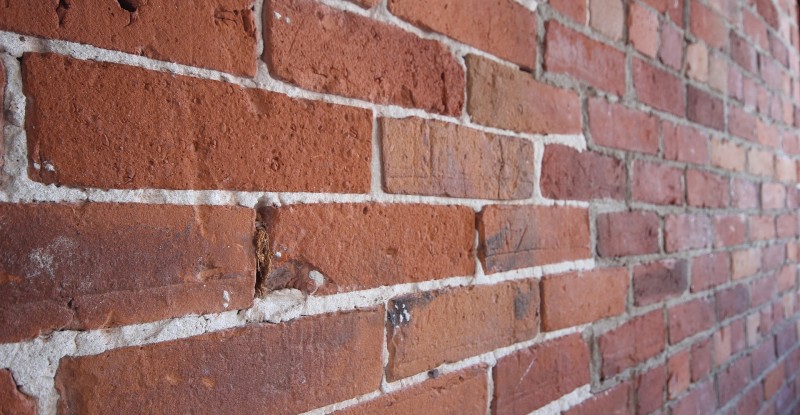Following on from your recent articles about the damp problems created by cavity wall insulation, my query concerns houses such as my own, which is of Victorian solid wall construction.
When you say that the cavity prevents damp crossing to the inside, I presume this means that any water is dissipated by traveling down the inside of the external wall. In that case, where does any water go in a solid wall where
there is no cavity? You would think that the internal walls would be covered in damp but this is clearly not the case.I am sure this would be of interest to the thousands of people who live in solid wall houses such as myself who have been following the cavity wall insulation story with interest but are not directly affected by it.
The usual way of describing the difference between solid brick walls and cavity walls is that the former acts like an overcoat, and the latter like a raincoat. So when a solid wall gets wet from incident rain, it absorbs it as
an overcoat would, and then dries out afterwards by natural evaporation.
As you rightly observe, this generally works very well. Victorian houses had the added advantage of being built with lime mortar and lime plaster, which are soft, breathable materials, which allow this cycle of wetting and drying
to take place without any notable or extreme dampness “events” taking place.
The outer leaf of a cavity wall, on the other hand, is supposed to repel the rainwater, meaning that the inner leaf always stays dry. But cavity walls are mostly built with cement mortar, which is hard and non-breathable. So
when incident rainwater penetrates, rather than being absorbed, it tends to dribble down the inner face of the brick outer leaf.
This all worked perfectly well until a few years ago, when some bright spark had the idea of blowing absorbent fluffy material into the cavities. Contrary to the insulation manufacturers’ claims, retro-fit cavity wall
insulation can allow water to cross cavities, where it shows up as damp patches on the internal surfaces, resulting in mould growth and decorative damage. This is a potentially huge problem, with some three
million UK homes possibly at risk.
For more information on cavity wall insulation problems visit
www.cavityinsulationhelp.co.uk

